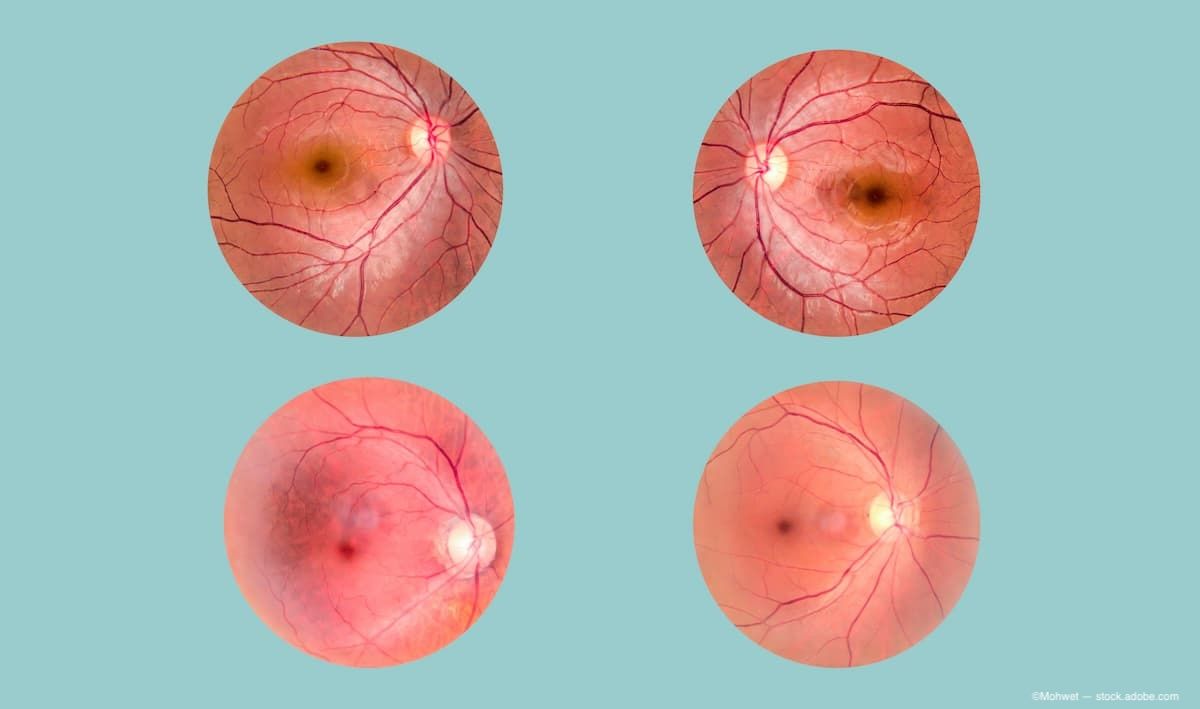News
Video
Part 5: Biggest innovations in ophthalmology in 50 years
Author(s):
In celebration of Ophthalmology Times 50th anniversary, we asked leading experts in the field what they see as the biggest innovation in ophthalmology in the last 5 decades.
In celebration of Ophthalmology Times 50th anniversary, we asked leading experts in the field what they see as the biggest innovation in ophthalmology in the last 5 decades.
Video Transcript:
Editor's note: The below transcript has been lightly edited for clarity.
Laxmi Devisetty, MD:
So as a vitreoretinal specialist, we've noted that we used to just watch the disease take over a person's quality of life, and burden of the disease becomes so hard on not just the patient themselves, but the family. But over the past 50 years, we've seen tremendous capability of actually treating the disease so that doesn't become a reality for most of our patients. So we're now able to have patients with dry macular degeneration and including wet macular, which has made significant advances over time, and diabetic retinopathy. And even managing complex tractional retinal detachments and rhegmatogenous retinal detachment. So really, these things, surgical techniques and the medicine that we're able to provide to these patients, the medical care has optimized, and there's still a long way to go, but they've optimized their quality of life to this extent over the past 50 years.
Alcina Lidder, MD:
I would say OCT as a diagnostic tool. You know, 50 years ago, OCT did not exist, and so OCT RNFL and GCIPL, but also a newer parameter called OCT BMO-MRW, or the Bruch's membrane opening-minimum rim width, which is a representation of the neuroretinal rim. It's shown to be decreased in glaucoma patients. And again, this is another tool or risk factor that you can use in order to help diagnose glaucoma and myopic eyes. Is a decreased BMO-MRW in addition to the typical RNFL thinning and GCIPL thinning, particularly inferiorly.
Amy Zhang, MD:
Well, I think as an anterior segment surgeon, I would have to say the role of phacoemulsification. So the fact that we're able to now do phaco as compared to open large incision cataract surgeries is certainly a huge advance.
Giulia Corradetti, MD:
I have to say that ophthalmology, in particularly retina, has recorded a huge progress in both therapeutics and technologies. Probably the advances in technologies like the introduction of OCT has really changed the way we practice retina. Going from the diagnosis management and follow-up of those patients with retinal diseases because [it] allows us to see features that we are not able to see with a standard retinal examination. And this has allowed to identify a number of features characterizing retinal diseases that allowed us to develop new therapeutics that really changed the perspective of patients.
Newsletter
Don’t miss out—get Ophthalmology Times updates on the latest clinical advancements and expert interviews, straight to your inbox.





